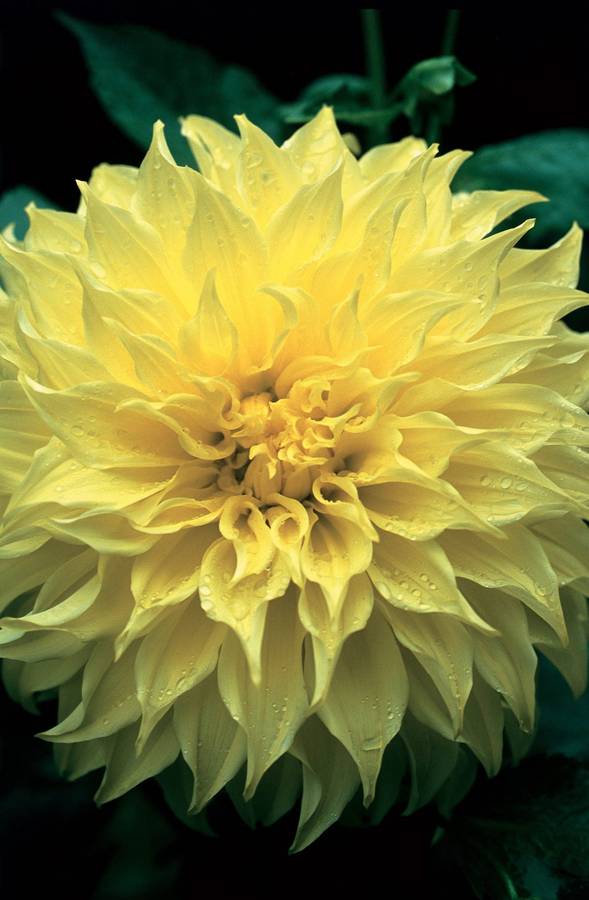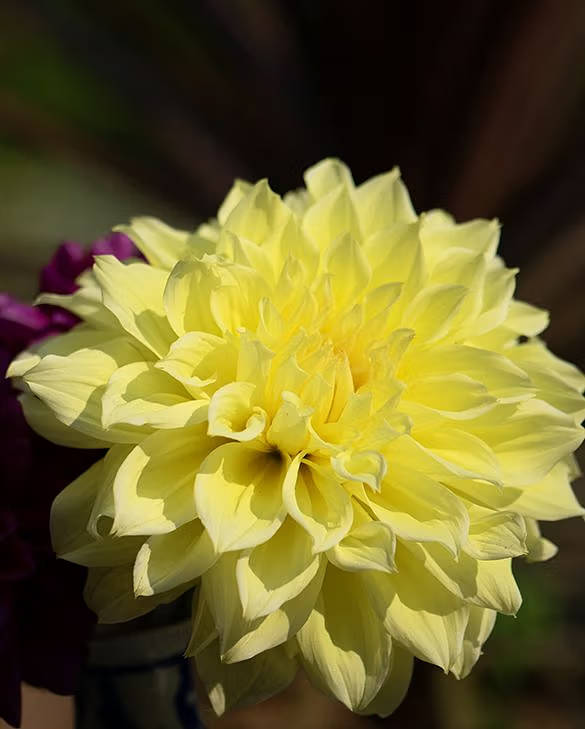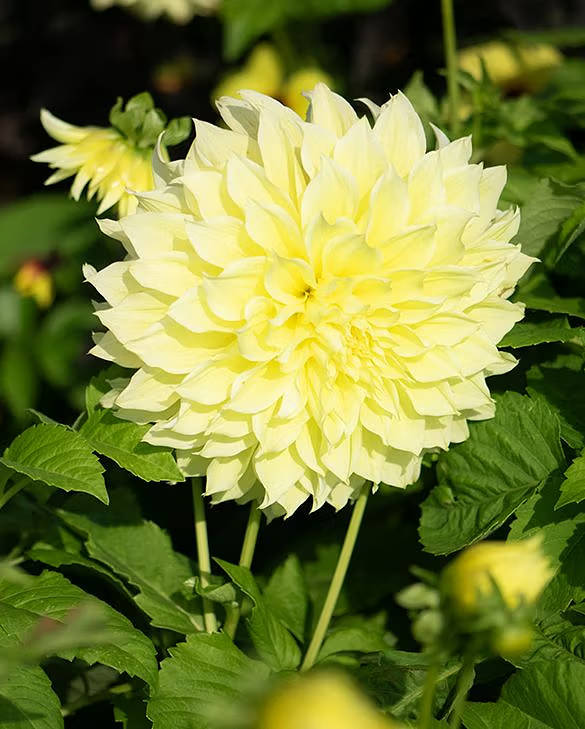





Dahlia Dinner Plate - Kelvin's Floodlight
Check my rate
| Main centres: | 1-3 business days |
| Regional areas: | 3-4 business days |
| Remote areas: | 3-5 business days |






| Main centres: | 1-3 business days |
| Regional areas: | 3-4 business days |
| Remote areas: | 3-5 business days |
Dahlia 'Kelvin Floodlight' is a classic dinnerplate variety known for its enormous, golden-yellow blooms — often reaching up to 25 cm across! These showstopping flowers bring bold, radiant colour to the garden and make an unforgettable focal point in arrangements. A must-have for any dahlia lover looking to brighten up the border with dramatic flair.
Tuber Count: 1 Clump
Plant Height: 100—120 cm
Plant Type: Tender perennial
Light Requirement: Full Sun
Blooms: Summer to First Frost
Plant Spacing: 45 cm
Plant Staking: Yes, essential due to large bloom size and height
Dahlias are shipped as single tubers with a minimum of one eye guaranteed. If you're not ready to plant upon arrival, store tubers in a cool, dry, dark place until planting time.
Plant dahlias after the last spring frost, once soil temperatures reach 15°C. Choose a rich, well-drained flower bed or planter. Loosen the soil to a depth of 30 cm and enrich with compost and all-purpose granular fertiliser.
Plant the tuber with the eye or sprout facing upwards, positioning the top of the tuber 8 cm below the soil surface. Fill in around the tuber, press the soil down firmly, and water well to eliminate air pockets. Ensure containers have sufficient drainage.
Avoid overwatering newly planted tubers — this can cause rot. Water once at planting, then wait until shoots appear before watering again.
Water at the base and keep foliage dry to minimise disease. Deep water once or twice a week, allowing the top 2.5 cm of soil to dry out between waterings.
Feed with organic, water-soluble fertiliser every 3—4 weeks until March. Stop fertilising thereafter to encourage better tuber overwintering.
Deadhead regularly to prolong flowering. Snip just above a leaf node using clean garden scissors.
Cutting long stems for arrangements encourages bushier growth and more blooms.
Dahlias do not reliably grow from seed — preserve and multiply your favourite varieties by caring for your tubers.
In most parts of South Africa, tubers can remain in the ground over winter and will resprout the following spring. In colder areas, lift and store after the first frost.